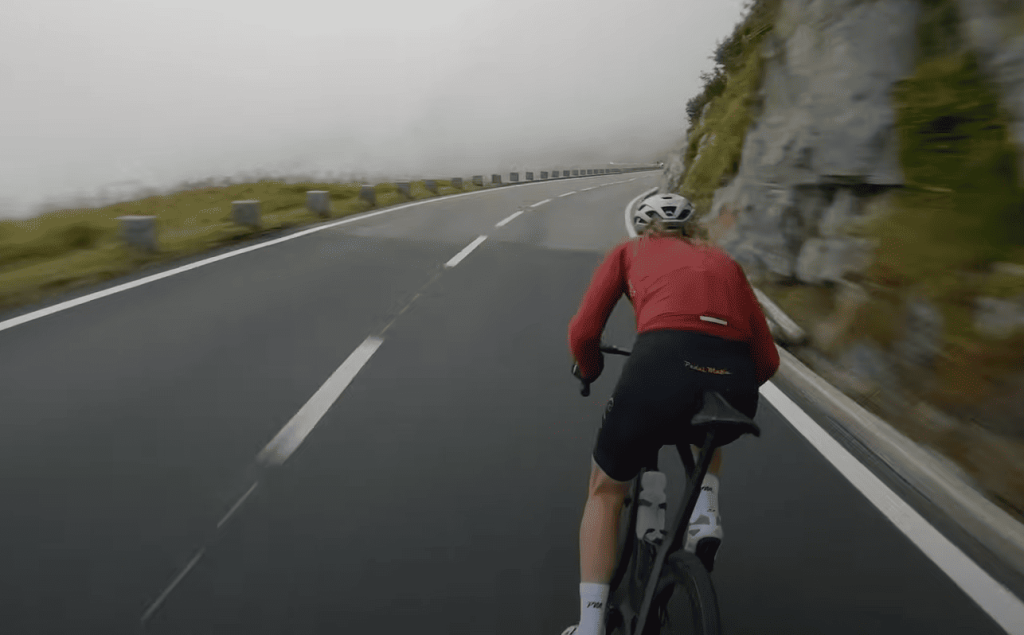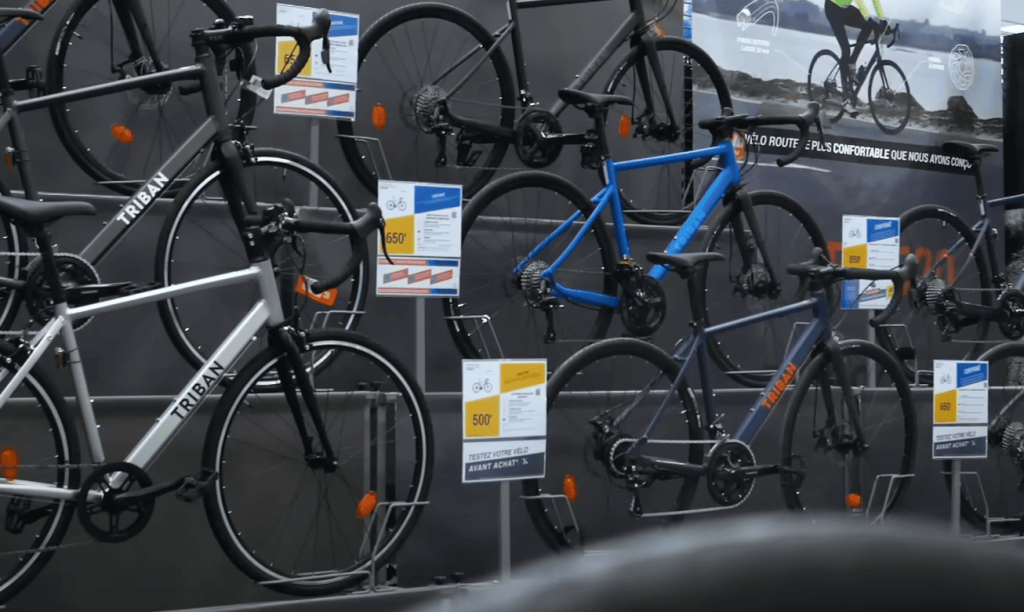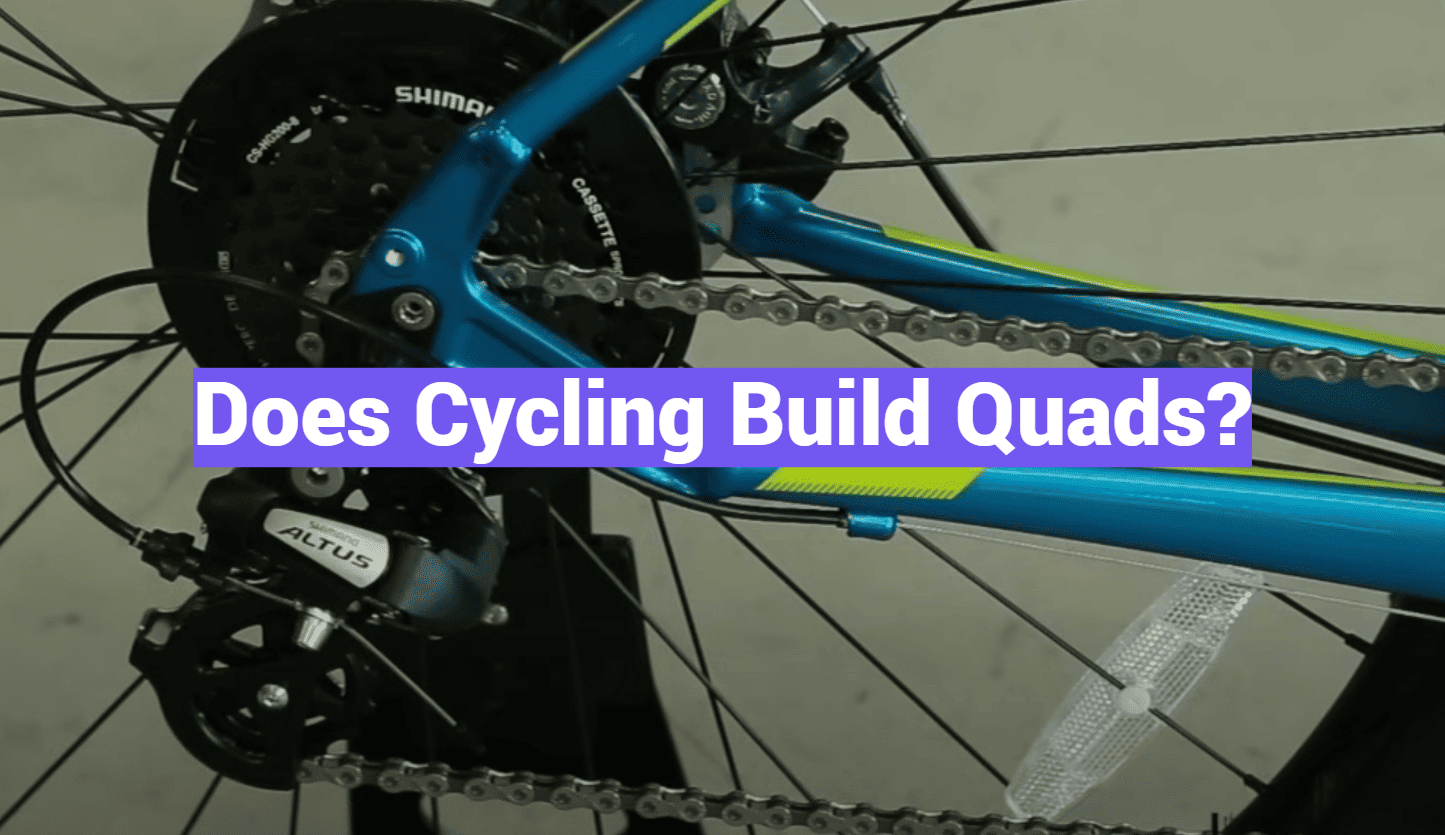While 85% of cycling power comes from the lower body, only 5% of recreational riders see noticeable quad growth. This surprising gap reveals the complex relationship between spinning wheels and sculpting legs. Your pedal strokes activate multiple muscle groups, but true strength gains require more than just saddle time.
The quadriceps work hardest during cycling’s downward push phase, generating force through repetitive motion. However, most rides primarily use slow-twitch muscle fibers built for endurance rather than size. Without added resistance or explosive efforts, these muscles adapt to conserve energy instead of growing larger.
Professional cyclists develop impressive leg definition through structured training plans combining high-intensity intervals, hill climbs, and targeted strength work. For casual riders, regular cycling typically maintains muscle tone rather than creating bulk. The key lies in understanding how exercise intensity, gear resistance, and complementary training affect results.
Key Takeaways
- Cycling primarily engages slow-twitch muscle fibers optimized for endurance
- Quad development depends on resistance levels and training intensity
- Most recreational riders experience muscle toning rather than significant growth
- Professional cyclists combine cycling with targeted strength training
- Maximum muscle growth requires cross-training with weights
What Role Do the Quads Play in Cycling?
When you push down on the pedals, your thigh muscles spring into action like biological pistons. These power-generators work through precise coordination, converting leg strength into forward motion. Let’s break down how this muscle group operates during rides.

Anatomy and Function of the Quadriceps
The quadriceps contain four distinct partners: vastus lateralis (outer thigh), vastus medialis (inner knee stabilizer), vastus intermedius (deep central muscle), and rectus femoris (hip-to-knee connector). Together, they handle two critical actions:
- Extending the knee during downstrokes
- Assisting hip flexion during upstrokes
The rectus femoris pulls double duty – it helps lift your thigh while simultaneously straightening your leg. This dual function makes it vital for maintaining smooth pedal rotations.
Power Production in the Pedal Stroke
Your legs generate peak force between 12 o’clock and 6 o’clock positions. Studies reveal 72% of pedaling power comes from quad activation during these phases. Here’s how it breaks down:
| Pedal Position | Primary Muscles Engaged | Role |
|---|---|---|
| 12-3 o’clock | Vastus lateralis, Rectus femoris | Initial power surge |
| 3-6 o’clock | Vastus medialis, Intermedius | Force maintenance |
| 6-9 o’clock | Hamstrings | Recovery phase |
| 9-12 o’clock | Glutes, Hip flexors | Upstroke preparation |
While glutes stabilize your hips, the quads remain the star players. Their repetitive contractions during climbs and sprints explain why seasoned riders develop defined thighs – though true growth requires strategic training.
Does Cycling Build Quads?
Many fitness enthusiasts pedal with visions of chiseled legs, but the reality of lower-body transformation proves more nuanced. While regular rides contribute to overall health, achieving noticeable thigh growth requires specific training approaches beyond standard spinning sessions.
Debunking Common Myths
The lean physiques of competitive riders often create false expectations. Elite athletes achieve leg definition through weight training – their bike work maintains endurance rather than creating bulk. Most recreational sessions primarily engage slow-twitch fibers designed for sustained effort, not size gains.
Body composition changes depend on multiple factors:
- Genetic predisposition influences muscle shape and growth potential
- Hill climbs and sprint intervals offer better strength stimulus than flat routes
- Lower gear resistance favors calorie burn over muscle engagement
Riding styles create distinct training effects:
| Technique | Muscle Impact | Energy Use |
|---|---|---|
| High RPM spinning | Endurance conditioning | Fat oxidation focus |
| Low-gear mashing | Moderate strength challenge | Carbohydrate reliance |
Visible tone emerges when body fat decreases, revealing existing musculature. For substantial growth, progressive overload through weights remains essential. Rides excel at cardiovascular health and calorie management, while targeted strength work drives actual hypertrophy.
Muscular Mechanics of the Pedal Stroke
The circular motion of pedaling engages a symphony of muscles working in precise harmony. This 360-degree action transforms human energy into forward momentum through carefully timed activations. While legs appear to move in simple circles, hidden biomechanical patterns determine efficiency and power output.

Teamwork Beneath the Saddle
Effective pedaling requires four major muscle groups to collaborate like orchestra sections. The glutes and quadriceps dominate downward pushes, while hamstrings and hip flexors handle recovery phases. Calves provide crucial stability, preventing energy leaks during power transfer.
| Pedal Phase | Primary Movers | Supporting Cast |
|---|---|---|
| Top (12-3 o’clock) | Quadriceps | Hip Flexors |
| Downstroke (3-6) | Glutes | Calves |
| Backstroke (6-9) | Hamstrings | Shin Muscles |
| Upstroke (9-12) | Iliopsoas | Core Muscles |
Precision Timing Matters
Muscle activation peaks vary dramatically within each revolution. The biceps femoris (hamstring) fires strongest during backstroke phases, stabilizing knees while transferring power. Skilled riders minimize “dead spots” by overlapping muscle engagements.
Force application patterns differ between casual and trained cyclists:
- Novices produce 65% power during downstrokes
- Experts maintain 85% power through full rotations
- Pro riders achieve near-constant force application
This refined timing reduces joint stress and allows smoother transitions between muscle groups. Regular technique drills help distribute workload more evenly across the lower body.
Lower Body Muscles in Cycling
Your pedal power relies on coordinated teamwork between major muscle groups. While quadriceps take center stage, other players work behind the scenes to maintain efficiency and prevent fatigue. This hidden collaboration separates casual riders from biomechanically savvy cyclists.
Power Partners: Hamstrings and Glutes
The hamstrings spring into action during pedal recovery phases. These muscles pull your heel upward while stabilizing knee joints. Weak hamstrings force quadriceps to overcompensate, creating imbalanced power distribution.
Gluteal muscles serve dual purposes:
- Generating thrust during downstrokes
- Maintaining pelvic alignment throughout rotations
Inactive glutes trigger chain reactions. Your body shifts stabilization duties to smaller muscles, increasing injury risks. Regular activation drills help maintain proper firing patterns.
Foundation Builders: Calf Contributions
Lower leg muscles act as power conduits between thighs and pedals. The gastrocnemius and soleus engage during push phases, transferring energy through ankles. Their stabilizing role becomes crucial during standing climbs and sprints.
| Muscle Group | Primary Action | Stability Role |
|---|---|---|
| Hamstrings | Knee flexion | Hip alignment |
| Glutes | Hip extension | Pelvic control |
| Calves | Ankle plantarflexion | Foot stability |
Proper muscle activation creates fluid pedal strokes. Focused strength training balances development across all lower body regions. This approach reduces strain on individual muscle groups while boosting overall performance.
Core and Upper Body Contributions
A cyclist’s posture tells a hidden story of muscle engagement beyond the legs. While pedaling drives movement, core muscles and upper body groups work tirelessly to maintain control. These often-overlooked areas prevent energy leaks and ensure efficient power transfer.

Achieving Balance and Stability
Your midsection acts as the body’s command center during rides. The transverse abdominis and obliques fire continuously to stabilize hips and spine. This silent teamwork allows smooth transitions between pedal strokes while reducing lower back strain.
Upper body muscles play surprising roles in cycling efficiency. Forearms and shoulders regulate handlebar pressure, while latissimus dorsi muscles help maintain aerodynamic positions. Proper arm positioning distributes weight evenly, preventing excessive stress on wrists.
Three key elements enhance full-body coordination:
1. Neutral spine alignment – Engages deep core muscles
2. Relaxed shoulders – Prevents neck tension
3. Bent elbows – Absorbs road vibrations
Regular planks and rows strengthen these support systems. Balanced muscle development creates safer, more enjoyable rides by improving control during climbs and descents.

